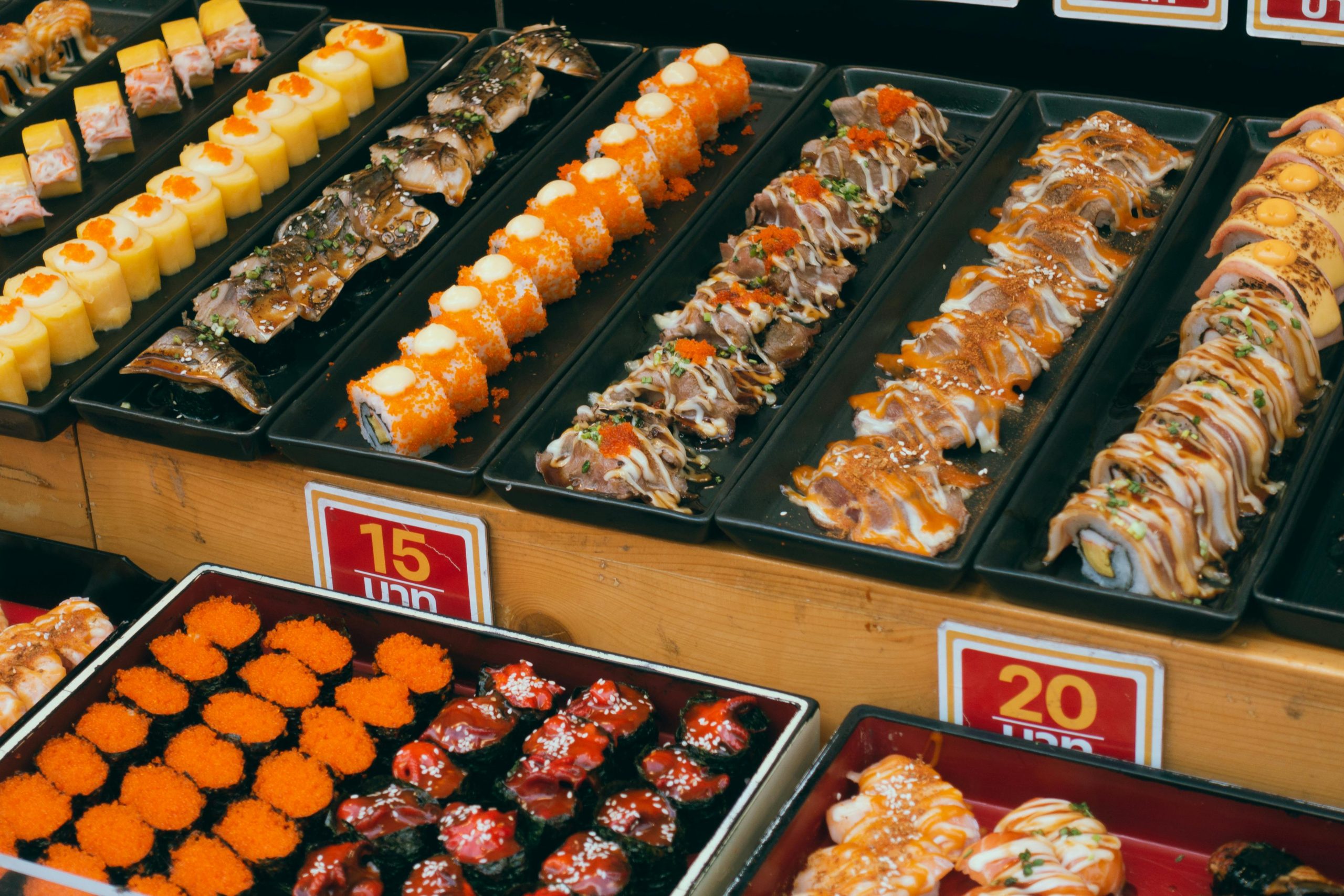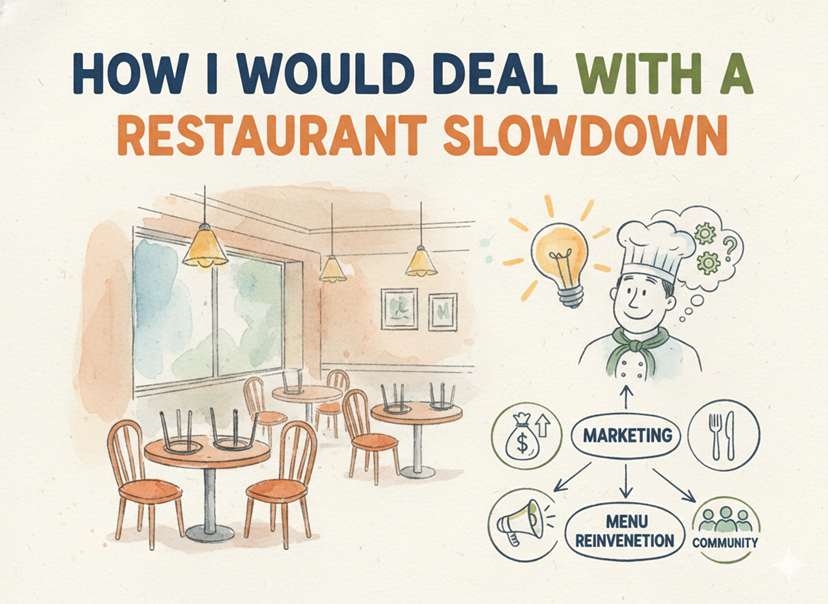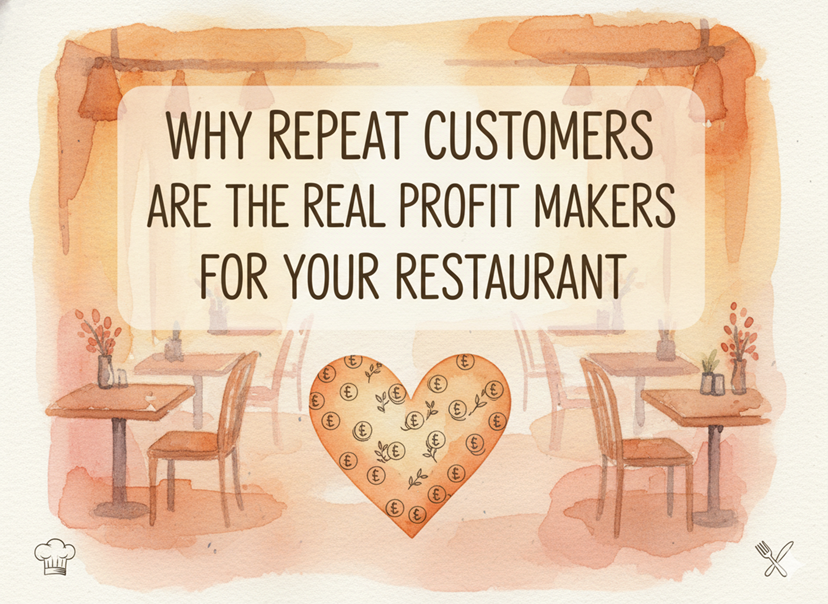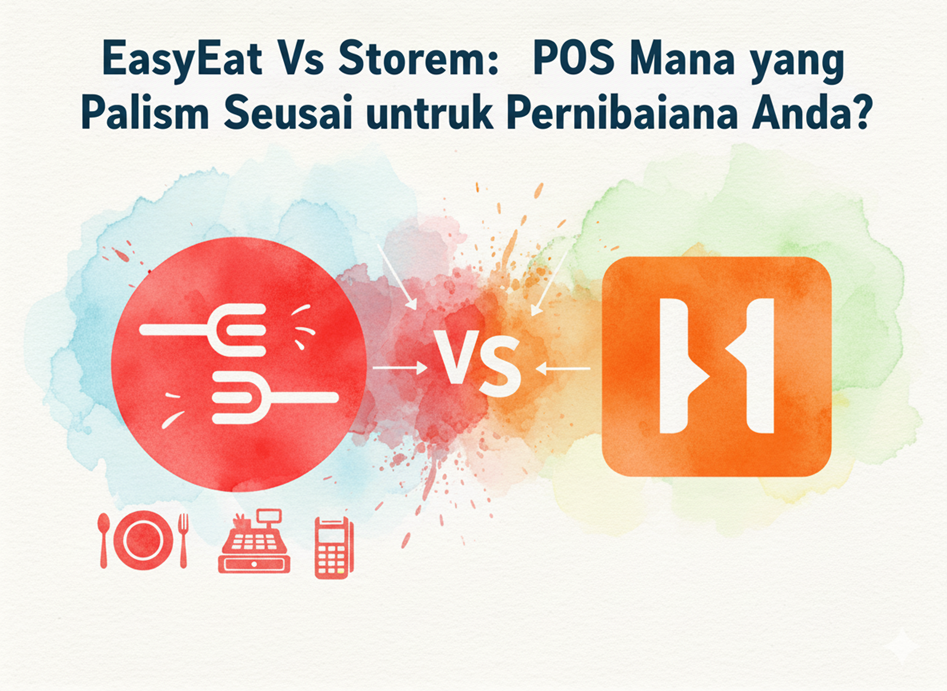Setting the right price for your food menu is one of the most important decisions you will make. If the price is too high, customers may not return. If it is too low, you might struggle to cover costs. This is where recipe costing becomes your best tool. It gives you a structured way to decide menu pricing while ensuring profits and customer satisfaction.
Helps You Make Sure Every Dish is Profitable
When you use recipe costing, you know exactly how much each dish costs to prepare. This includes ingredients, preparation time, and even hidden costs like gas and electricity. Without this information, you might be charging less than what the dish costs to make.
For example, if you sell a burger for RM12 but the cost to make it is RM10, you are only making RM2 per burger. This small margin can quickly disappear if you face unexpected costs like ingredient price increases. With recipe costing, you can adjust prices to make sure every item on your food menu brings in a profit.
Protects You from Rising Ingredient Costs
Food prices do not stay the same. The cost of chicken, vegetables, and spices can rise at any time. If you do not track these changes, your menu pricing could become outdated.
In Malaysia, food prices have been increasing. According to the Department of Statistics Malaysia, food inflation rose by 5.5% in 2023. If you do not adjust your menu prices based on these changes, your profits will shrink without you even realizing it. Recipe costing helps you update prices when ingredient costs go up, so you do not suffer losses.
Stops You from Guessing Your Prices
Many food businesses decide prices by looking at competitors or estimating what customers are willing to pay. This approach can be risky because it does not consider the real cost of making the dish.
For example, if another restaurant sells a plate of nasi lemak for RM8, you might think you should do the same. But if your version uses premium coconut milk and imported anchovies, your cost might already be RM7. Selling it at RM8 means you are barely covering costs. Recipe costing removes the guesswork and helps you price menu items correctly based on your actual costs.
Helps You Set Discounts and Promotions Wisely
Discounts and special deals can attract more customers, but they can also reduce your profits if not planned properly. With recipe costing, you know how much you can afford to discount without making a loss.
For example, if your cost for a meal set is RM15 and you usually sell it for RM25, you have a RM10 margin. If you offer a 20% discount, the new price is RM20. You still make RM5 profit per meal, which is better than offering discounts blindly and losing money.
Improves Your Decision-Making for Your Food Menu
A well-planned menu increases sales. Recipe costing helps you understand which dishes are most profitable and which ones cost too much to keep on the menu. If a dish costs too much to prepare but is not selling well, you can decide to remove it or adjust the ingredients to make it more affordable.
In a study by the Malaysian Association of Hotels, 70% of food businesses that used recipe costing were able to increase their profits by adjusting their menus. This means knowing the real cost of each dish can help you focus on items that bring in more money.
Helps You Plan for Future Growth
If you are planning to expand, introduce new dishes, or open a second outlet, recipe costing gives you the financial clarity you need. It helps you forecast how much more you need to earn to grow.
For example, if you want to introduce a new dish, recipe costing helps you decide the best price based on the cost of ingredients, preparation time, and expected sales. This way, you do not launch new items that end up losing money.
Makes Your Restaurant Business More Organized
Without a proper pricing system, you might find yourself constantly adjusting prices without understanding the impact. Recipe costing helps you keep all your menu pricing decisions in one place. It makes it easier to train your staff, manage inventory, and keep track of profits.
Many businesses in Malaysia struggle with managing costs, especially small food vendors. According to SME Corp Malaysia, 60% of small food businesses close within the first five years due to poor financial planning. Using recipe costing can help you avoid this mistake by keeping your pricing organized and clear.
FAQ
- How do I decide the prices of my menu items?
You need to calculate how much it costs to make each dish, including ingredients, preparation time, and other costs. Then, set a price that covers these costs while making a profit. Recipe costing helps you do this accurately. - Why is recipe costing important in menu pricing?
It helps you avoid losses, adjust prices when ingredient costs change, and set discounts wisely. It also helps you know which dishes are making money and which ones need adjustments. - How do I make sure my restaurant menu is profitable?
Regularly update your prices using recipe costing. Track ingredient prices and adjust your menu pricing when needed. Focus on dishes that bring in higher profits and remove or modify those that cost too much to make.
Using recipe costing is not just about knowing your costs—it is about making smart pricing decisions that keep your food business profitable and sustainable in the long run.




